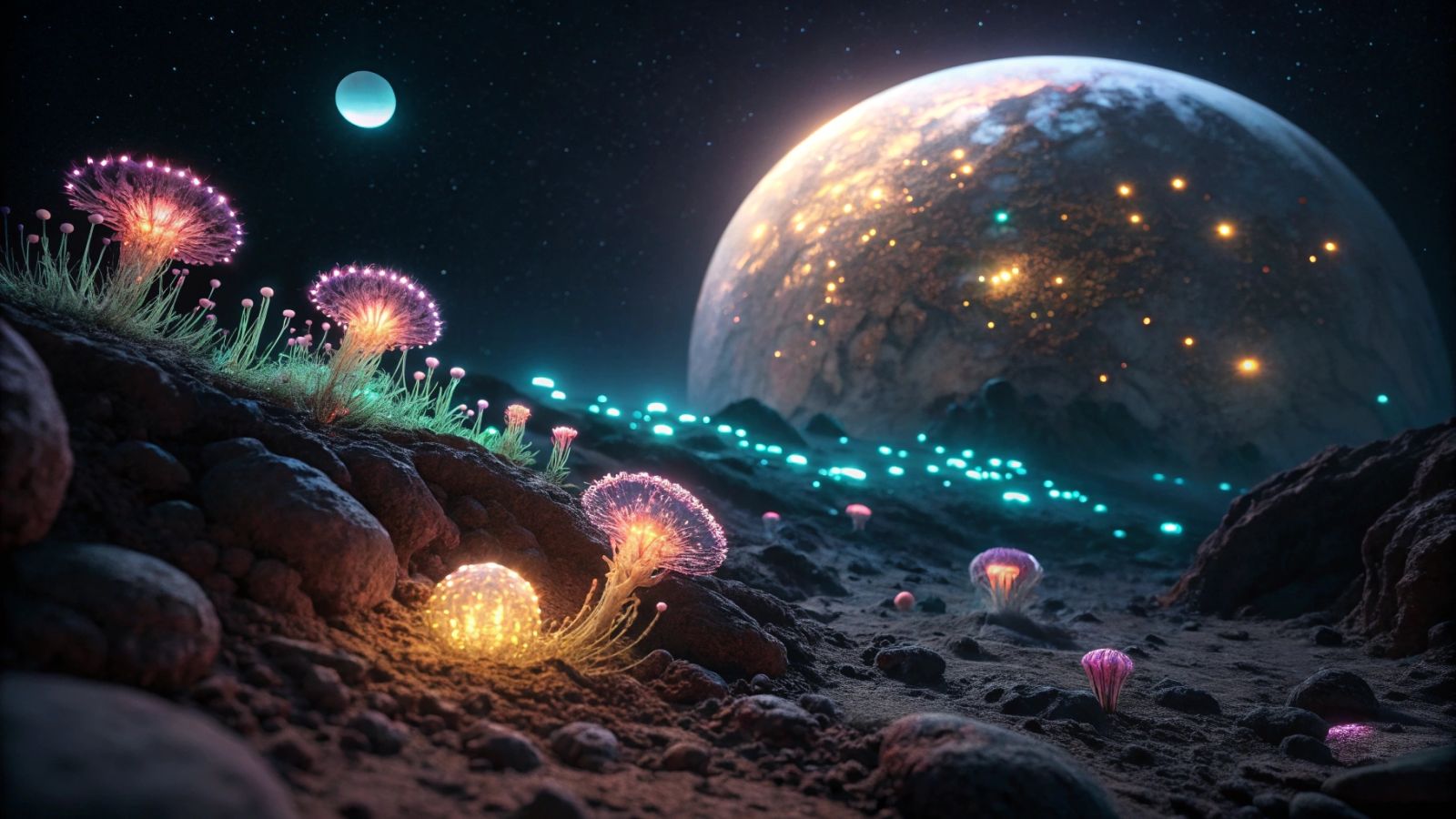Follow us on Google News (click on ☆)
Researchers from Leiden University analyzed various types of documents, including academic papers, press releases, and journalistic reports. They found that the most frequent speculations concern the conditions necessary for extraterrestrial life, such as the presence of water or a suitable atmosphere. These elements are often highlighted to generate interest, even though concrete evidence is still lacking.

The study shows that technological expectations are high, with about one-third of press articles mentioning instrumental advances to detect life. However, promises of imminent discoveries are rare, as scientists prefer to remain cautious in their statements. This caution contrasts with the sometimes more sensationalist tone of the media.
Unsurprisingly, press releases and journalistic articles contain more speculative content than academic publications. Researchers are often quoted to reinforce credibility, but this can also amplify unrealistic expectations. This dynamic highlights the importance of the role of scientists in disseminating information.
Speculation is seen as a necessary tool to stimulate research, but it must be balanced to avoid disillusionment. Further studies are needed to better understand how to communicate effectively on these sensitive topics without falling into exaggeration.
The habitable zone of exoplanets
The habitable zone is the region around a star where conditions could allow the existence of liquid water on the surface of a planet. This zone depends on the size and temperature of the star, as well as the planet's atmosphere.
For stars colder than the Sun, the habitable zone is closer, while for hotter stars, it extends farther out. Instruments like the James Webb Space Telescope allow the study of these zones by analyzing the atmospheric composition of exoplanets.
The discovery of planets in this zone, such as TOI 700 d, opens up prospects for the search for signs of life. However, the presence of liquid water does not guarantee life, as other factors such as orbital stability and protection from radiation must also be considered.
Science communication in astrobiology
Science communication in the field of astrobiology must navigate between public excitement and the rigor of evidence. The media play a key role in translating concepts for a broad audience, but this can sometimes lead to excessive simplifications.
Researchers often use analogies and visualizations to explain their work, such as illustrations of exoplanets or simulations of habitable conditions. This helps make science accessible but requires care to avoid creating false expectations.
Initiatives such as public conferences and popular science articles aim to improve this communication. The goal is to maintain enthusiasm for research without downplaying the uncertainties and challenges to be addressed.